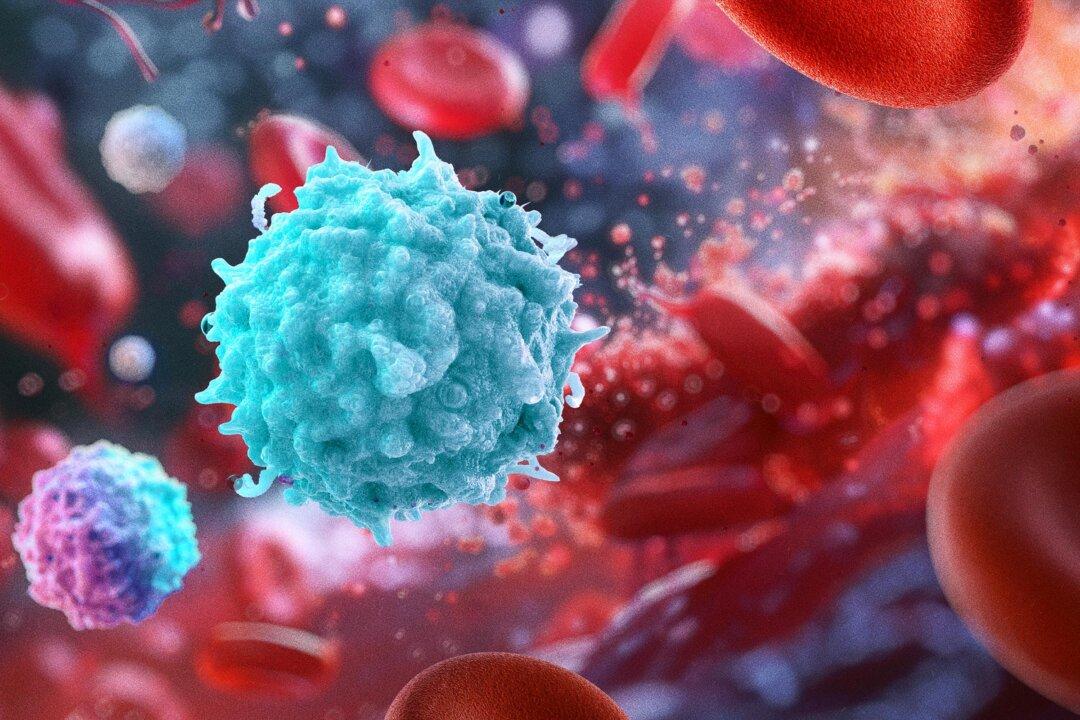Most of us welcome spring flowers. But for about 50 million Americans, the appearance of buds and blooms means hay fever symptoms: sinus congestion, headaches, and red, itchy eyes.
Seasonal allergies look like an ordinary sinus infection, but they are actually the result of an overzealous immune system. For most people, breathing pollen in the air is no big deal. But for seasonal allergy sufferers, the body reacts to pollen particles like they are an invading virus or bacteria. This triggers an immune response usually reserved for an infection—inflammation and increased mucous.
There is no approved cure for hay fever, but there are a variety of conventional treatments designed to keep symptoms at bay—corticosteroid nasal sprays, decongestants, antibiotics, steroid shots, and antihistamine drugs like Claritin, Allegra, and Zyrtec.
Some of these medications can be effective in the short term, but efficacy fades with continued use. Side effects—which include drowsiness, headaches, anxiety, heart palpitations, and nose bleeds—are often worse than the allergies.
The most reliable advice modern medicine has to offer is avoidance. When pollen counts are high, allergy sufferers are told to stay indoors, or wear a mask. If you can keep this up until November, you'll be good until February.
New Disease, Old Medicine
Historical evidence suggests that hay fever is a uniquely modern affliction. London physician Dr. John Bostock was the first to identify the problem in 1819. Bostock suffered with summer allergies and spent almost a decade looking for others who shared his symptoms to better understand the disease.
Dr. Bostock’s investigation found 28 people. Today, one in five Americans struggle with hay fever.







